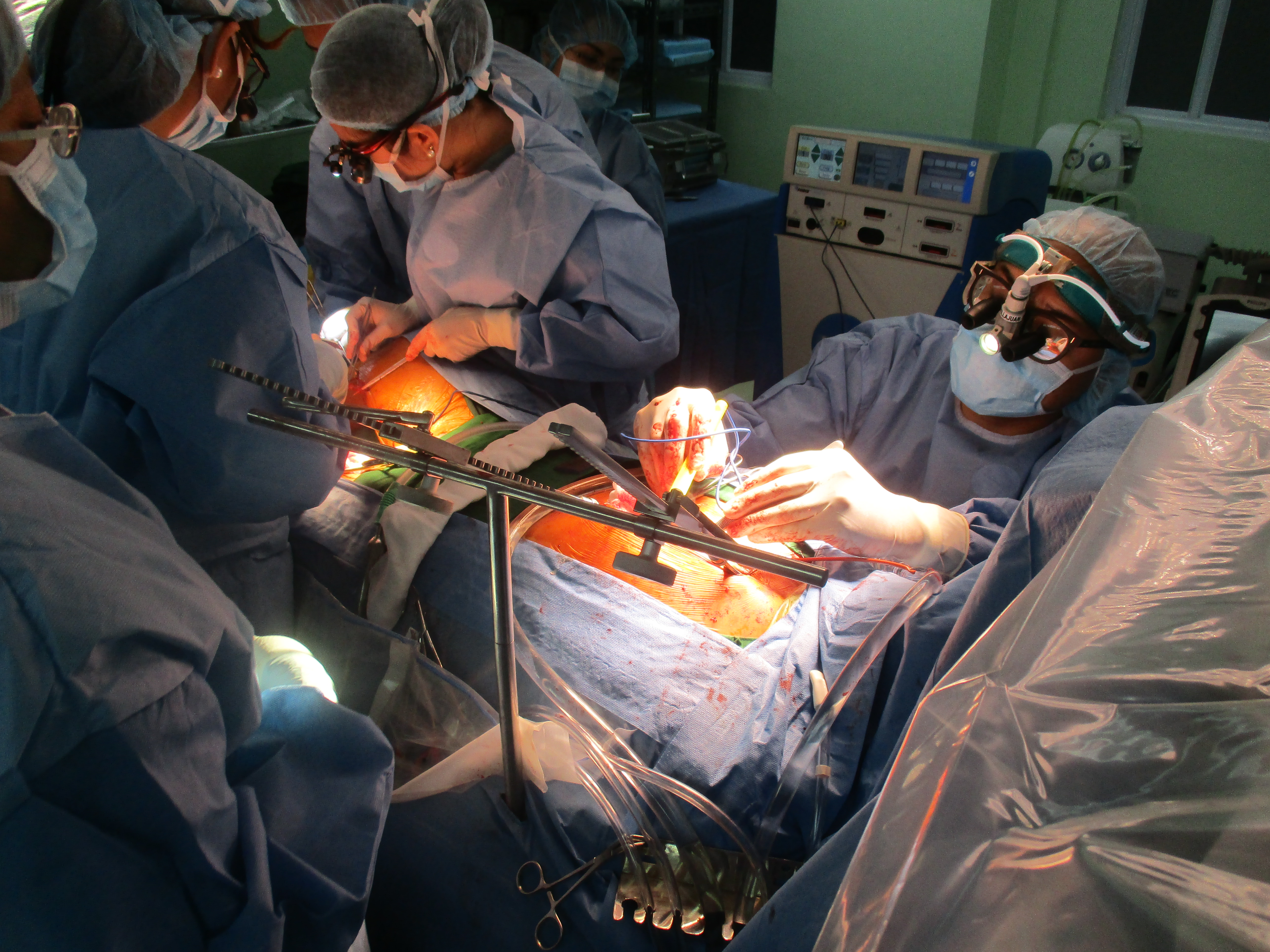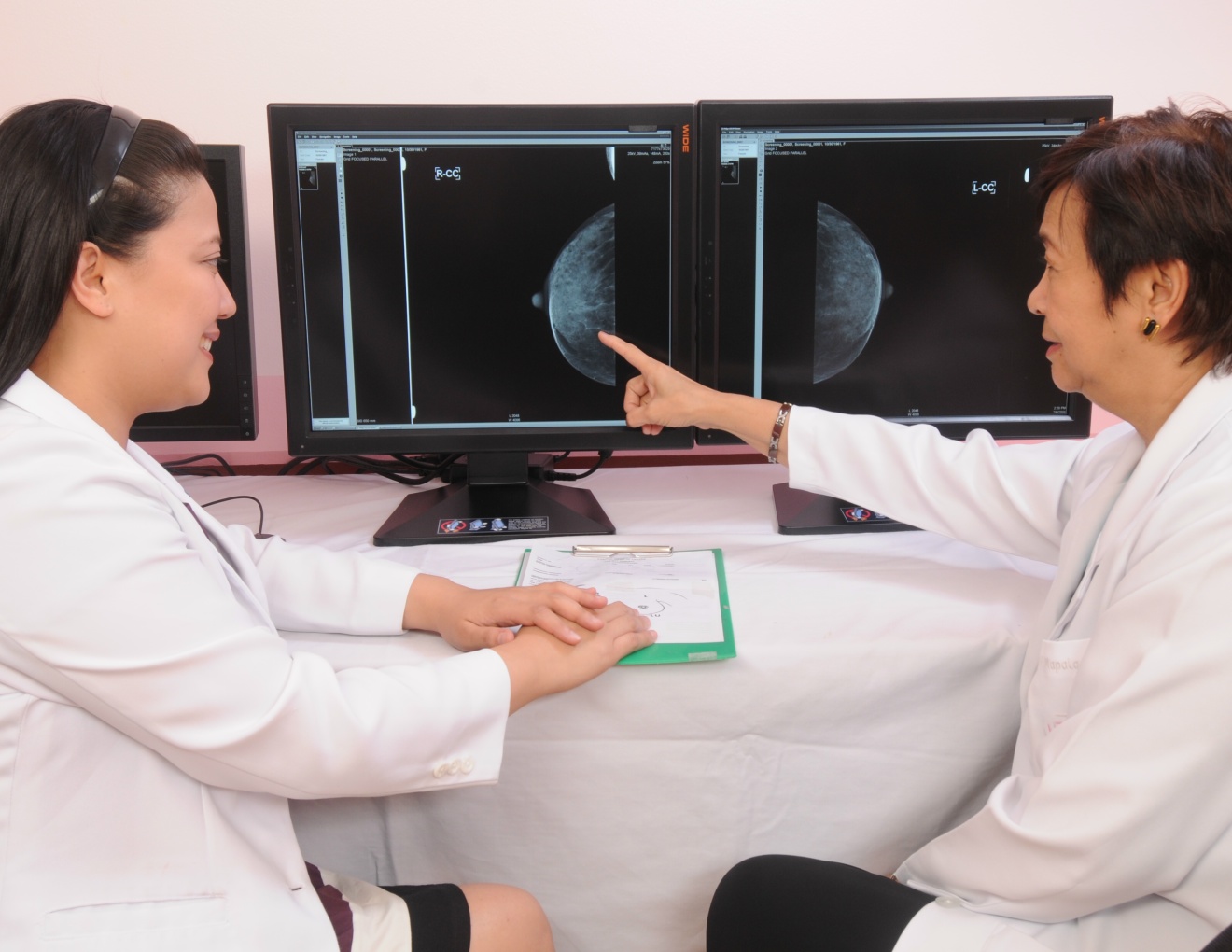Capitol Medical Center is a private hospital with a vision in medical care: “CMC envisions itself to be a nationally and globally recognized healthcare institution”. The hospital offers multi - specialty clinics run by well trained and experienced doctors. It is committed to provide high quality and ethical medical care at a reasonable and affordable cost.
The Endoscopy Unit of Capitol Medical Center under the Department of Medicine provides full range of services to individuals undergoing diagnostic and therapeutic procedures both for outpatient or inpatient cases. The unit is equipped with state-of-the-art machine which includes high-definition endoscopes, digital imaging, and computer generated reports. It offers quality care for its patients through highly renowned physicians and nurses who are recognized for their personalized care, and experience in the use of latest advances in the field.
Endoscopy is the direct visualization of the inside of the body, either through the mouth or the anus. The different modalities offered in the institution include: Gastroscopy or Endoscopy, Colonoscopy, Flexible sigmoidoscopy. ERCP – endoscopic retrograde cholangiopancreatography and Bronchoscopy.
Upper Endoscopy or Gastroscopy is another name for Esophagogastroduodenoscopy (or EGD). An EGD is a procedure using a flexible scope which allows direct visualization of the upper GI tract. The upper GI tract includes the esophagus, stomach, and duodenum—the first part of the small intestine. An EGD allows a physician to diagnose and treat abnormalities related to the upper GI tract, such as chronic abdominal pain, ulcers, bleeding, difficulty swallowing, acid reflex and persistent vomiting. The patient stomach must be empty for the procedure to be accurate and safe. The patient will be requested not to eat or drink anything for 6 to 8 hours before the procedure.
Bronchoscopy is a procedure used to look inside the lungs’ airways, called the bronchi and bronchioles. This procedure is usually done to find out the cause of a lung condition, such as a tumor or an infection. Sometimes it’s done to treat a lung problem. Before the bronchoscopy the patient will receive medicine to numb the nose and throat and intravenous sedation will be given to make the patient sleepy. During the procedure, the doctor passes a thin, flexible tube called a bronchoscope through the nose (or sometimes the mouth), down the throat and into the airways. The doctor may take samples of mucus or tissue from the lungs test in a laboratory.
Colonoscopy is the direct visualization of the lower GI tact involving the rectum and the large intestine. A colonoscopy is considered by many cancer experts to be the preferred method for colon cancer detection. The procedure is used to look for early signs of colorectal cancer and can help doctors diagnose unexplained changes in bowel habits, abdominal pain, bleeding from the GI tract and weight loss.
A Flexible Sigmoidoscopy allows the physician to examine the bottom third of the colon which includes the rectum, the sigmoid and the descending colon by using a flexible endoscope. Flexible sigmoidoscopy can detect inflamed tissue, abnormal growths and ulcers.
Endoscopic Retrograde Cholangiopancreatography (ERCP) is a direct visualization of the biliary and pancreatic ducts. ERCP is used primarily to diagnose and treat conditions of the bile ducts, including gallstones, inflammatory strictures (scars), leaks (from trauma and surgery) and cancer. ERCP combines the use of x rays and an endoscope. Through the endoscope, the physician can see the inside of the stomach and duodenum, and inject dyes into the ducts in the biliary tree and pancreas so they can be seen on X rays and tissue samples may be taken to aid in diagnosis and treatment.
The Endoscopy Unit is located at the CMC OR Complex, 3rd Floor CMC V Building. It is open from Mondays to Fridays from 7:00 am until 5:00pm.
 |
 |
|
The CMC Endoscopy Unit is headed by Dr. Quintin Babaran under the Department of Medicine. The Section is located at the Operating Room Complex. |
 |





















.jpg)







 Laboratory.jpg)









 Section.jpg)






